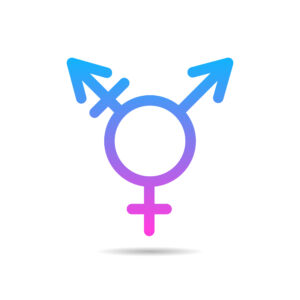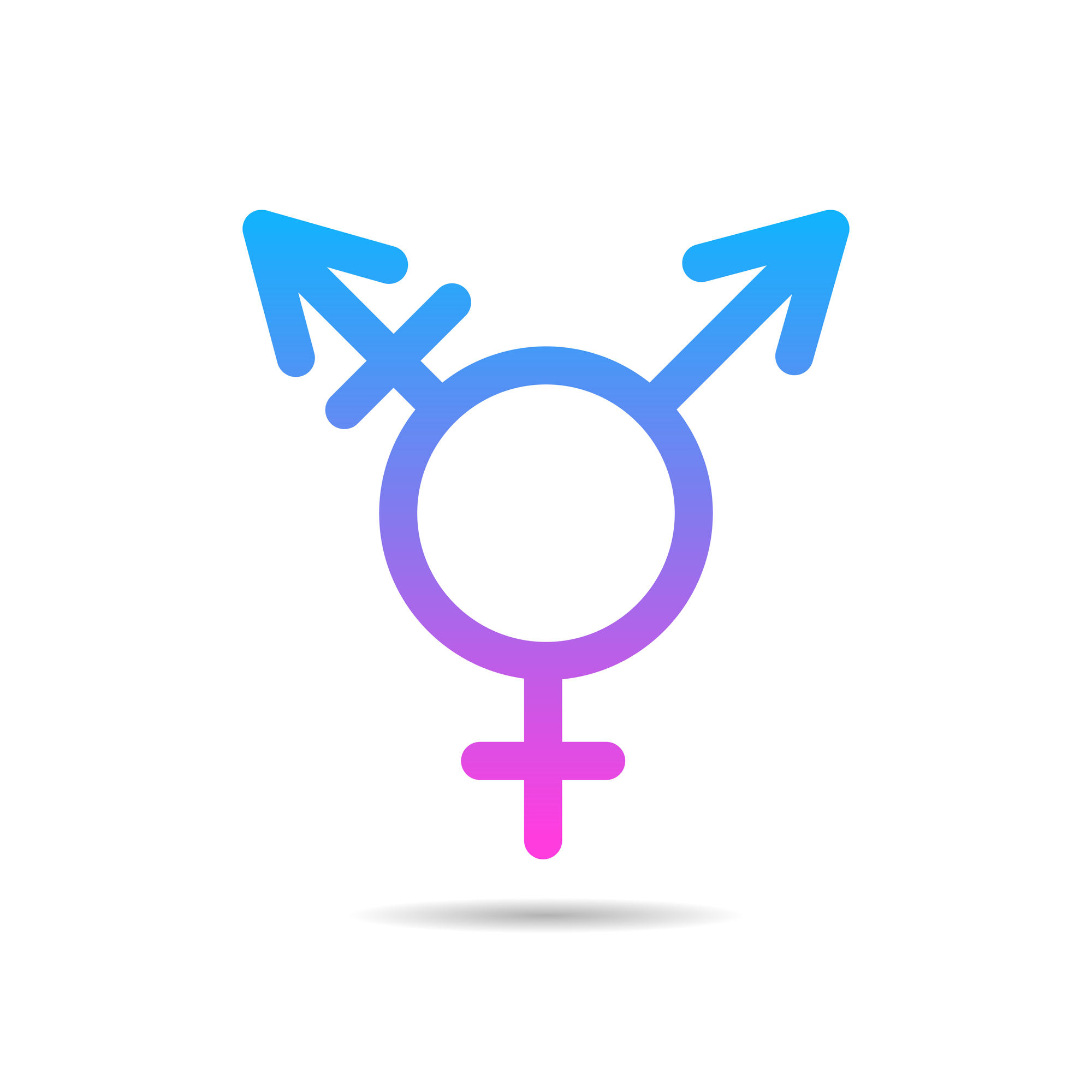The terms “transgender” and “transsexual” are often used interchangeably, but they do not have the same meaning. In this blog post, we will explore the differences between the two and how they relate to gender identity. We will look at what “transgender” and “transsexual” mean, and how they relate to gender transition. We will also discuss the importance of understanding the differences between the two terms and how they are used in the context of gender identity. With this knowledge, you will have a better understanding of the complexities of the transgender and transsexual communities.
What Is Transgender?
Growing up, we’re all taught that there are two genders: male and female. This gender binary system is taught to us from a very young age, and it’s often hard to challenge it. We often see people only in terms of their male or female identity, which can create challenges for transgender and non-binary people.
Definition of Transgender and Transsexual
Transgender refers to someone who identifies with a gender that is different from the one they were assigned at birth. For example, a transgender woman may identify as a woman, even though she was born a man. A transgender man may identify as a man, even though he was born a woman. Transsexual refers to someone who has gone through medical procedures to change their physical body to match their gender identity. This can include hormone therapy and/or surgery.
Difference between Transgender and Transsexual
While both transgender and transsexual individuals identify as belonging to an alternate gender category than the one they were assigned at birth, there are some key differences between the two groups of people. For example:
– Transgender individuals exist outside of the gender binary system, while transsexuals have undergone medical procedures to transition from one gender category into another (transitioning means going beyond traditional medical treatments such as hormone therapy or surgery).
– Transgender individuals may still experience discrimination based on their transitioned status (e.g., being refused service based on their appearance), while transsexuals do not generally experience discrimination because of their transition status.
What Is Transsexual?
There’s a lot of confusion surrounding the topic of transgender, and that’s understandable. Transgender is an umbrella term that refers to people who feel their gender identity is different from the one they were assigned at birth. This can include people who identify as transgender males, transgender females, genderfluid, or genderqueer.
It’s important to understand the differences between these terms in order to better understand what it means to be transgender. For example, a person who identifies as a transgender male would usually be assigned male at birth, but might still feel like they are female inside. A person who identifies as a transsexual female would usually be assigned female at birth but might still feel like they are male inside. Understanding these different terms helps to clarify why someone might choose to transition – it’s not just about changing their outward appearance.
Once you have an understanding of the different terms and concepts associated with being transgender, it’s time to come to terms with your own gender identity. This is often a difficult process for many people because it requires facing up to things that we’ve been taught are true about ourselves since childhood. It can be helpful to seek out support from friends and family members during this time in order for everyone involved to get through this tough process together.
Once you have come to terms with your own gender identity, it is time to start exploring options for transitioning into the gender identity that feels true for you. There are many medical treatments available that can help make this transition easier and less traumatic for you – from hormone therapy and surgery to Gender Confirmation Surgery (GCS). It is also important to find supportive communities where transsexuals can share their experiences and connect with others who share their struggles and successes. Finally, it is essential to develop a positive self-image while transitioning so that you are not only accepting of yourself but also proud of what you have achieved!

Understanding The Difference Between Transgender And Transsexual
Are you curious about what it means to be transgender or transsexual? Maybe you have a friend who is transgender, and you want to learn more about the definition and difference of these terms. No matter what your reason for wanting to know more, we have the answers here.
First, it’s important to understand that the definition of transgender identity or sense of self may differ from traditional gender roles. This can include anything from identifying as a gender other than the one assigned at birth to transitioning completely from one gender into another.
Second, transsexuals are individuals who permanently transition between two hormone systems and/or anatomy. This can include anything from hormone therapy and surgery to living as their true self full-time.
Third, there are many misconceptions about the terms “transgender” and “transsexual”. For example, many people think that all transgender people want to transition their entire bodies – this is not always the case! Additionally, many people believe that all transgender people are homosexual or bisexual – this is not always true either! Finally, social stigma faced by both communities can be very harsh.
Fourth, while legal rights vary depending on where someone lives in the United States (and around the world), both transgender people and transsexuals have rights related to their identity and expression – including access to education, housing, health care services, etc. Additionally, both communities should strive for social acceptance so that they may live free from discrimination and violence. Finally – here’s where things get really interesting! – everyone has a unique experience with gender identity or expression which means that there is no single right way for someone else to experience these concepts! So take everything you’ve learned here with a grain of salt (and a lot of empathy), and go explore your own Transgender or Transsexual identity!
Examining Terminology And Social Implications
In recent years, there has been a lot of discussion around the terms transgender and transsexual. These terms have different social implications, and it’s important to understand the differences in order to have empathy and engage in activism without bias.
Transgender is an umbrella term that refers to people who do not identify with the gender they were assigned at birth. This can include people who identify as male or female, but it doesn’t have to be limited to those two options. Transsexual is a more specific term that refers only to people who identify as another gender than the one they were assigned at birth. For example, someone who was assigned male at birth might identify as a woman, and someone who was assigned female at birth might identify as a man.
Historical roots of these terms are important to understand. Transgenderism didn’t emerge out of nowhere – it has deep historical roots that go back centuries. In fact, it’s often credited with helping trans women gain access to health care and legal rights during the early days of the feminist movement.
The terminology has significant social implications today. For example, transgender people are more likely than cisgender (non-transgender) people to experience harassment or discrimination in their everyday lives. This is because cisgender people are generally assumed to be within the normal gender spectrum – so when someone identifies outside of that spectrum, they experience some form of discrimination or mistreatment.
Policy and law making can also be impacted by terminology choices our society makes about transgenderism and transsexuality. For example, many countries do not legally recognize transgendered individuals as equal members of society due to their lack of legal recognition (e.g., Denmark). This leads to transgendered individuals experiencing discrimination in areas like employment and housing – even if such laws are technically on the books!
It’s important for us all – including activists, lawmakers, and citizens –to be aware of terminology when discussing these issues in order for everyone involved to feel understood and respected.
